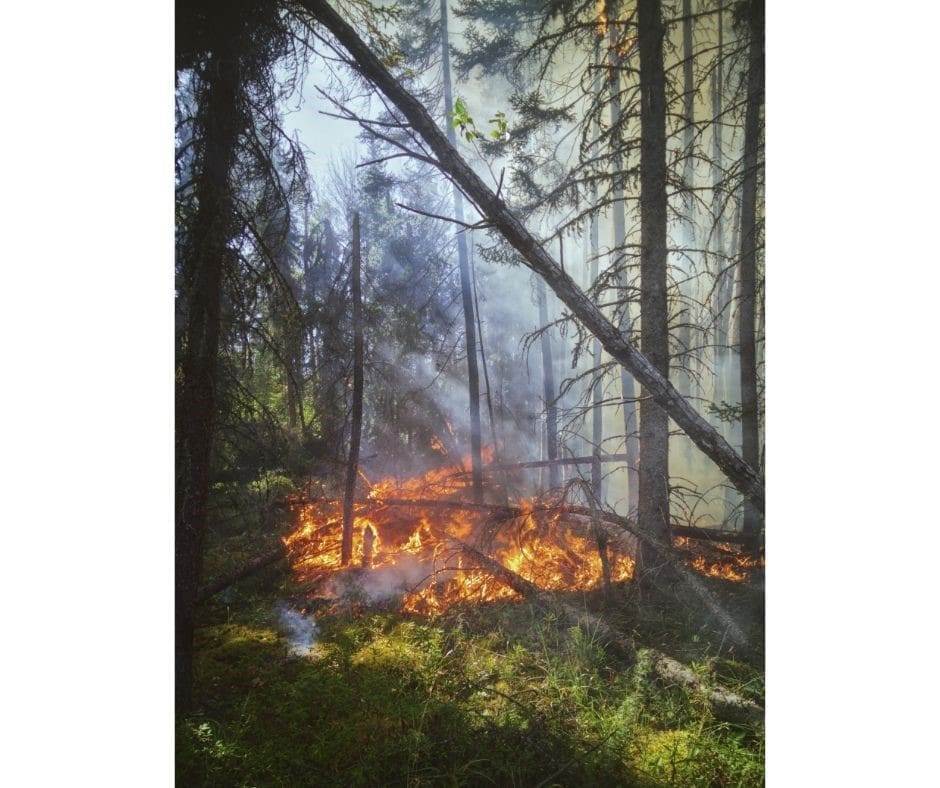By Trish Svoboda
According to the Kansas Department of Health and Environment (KDHE) in March and April, large regions of Kansas’s rangelands, particularly in the Flint Hills, undergo prescribed fire operations.
Prescribed fire is a technique used by landowners and managers to safeguard the tallgrass prairie ecosystem, manage invasive species, reduce the intrusion of woody vegetation such as Eastern Red Cedar, and enhance grazing conditions for cattle. In addition, prescribed burning lowers the likelihood of wildfires and effectively manages rangeland resources. However, the smoke emitted from these burns can affect the air quality of nearby areas. In early March, KDHE will initiate the Kansas smoke modeling tool. This tool uses computer models that analyze fire data and current weather conditions to forecast the potential dispersion of smoke and its impact on air quality in downwind regions. On average, about 2.2 million acres are burned annually in the Flint Hills of Kansas and Oklahoma.
Prescribed burns emit significant quantities of particulate matter and other pollutants, which can contribute to the formation of ground-level ozone. These pollutants, including particulate matter and ozone, can lead to health issues, posing risks even to individuals in good health.
KDHE offers these tips for when smoke is present in your area:
· Healthy people limiting or avoiding strenuous outdoor exercise.
· Vulnerable people should remain indoors.
· Keep indoor air clean by closing doors and windows and running air conditioners with air filters.
· Stay hydrated by drinking plenty of water.
· Contact your doctor if you have symptoms such as chest pain, chest tightness, shortness of breath or severe fatigue.













